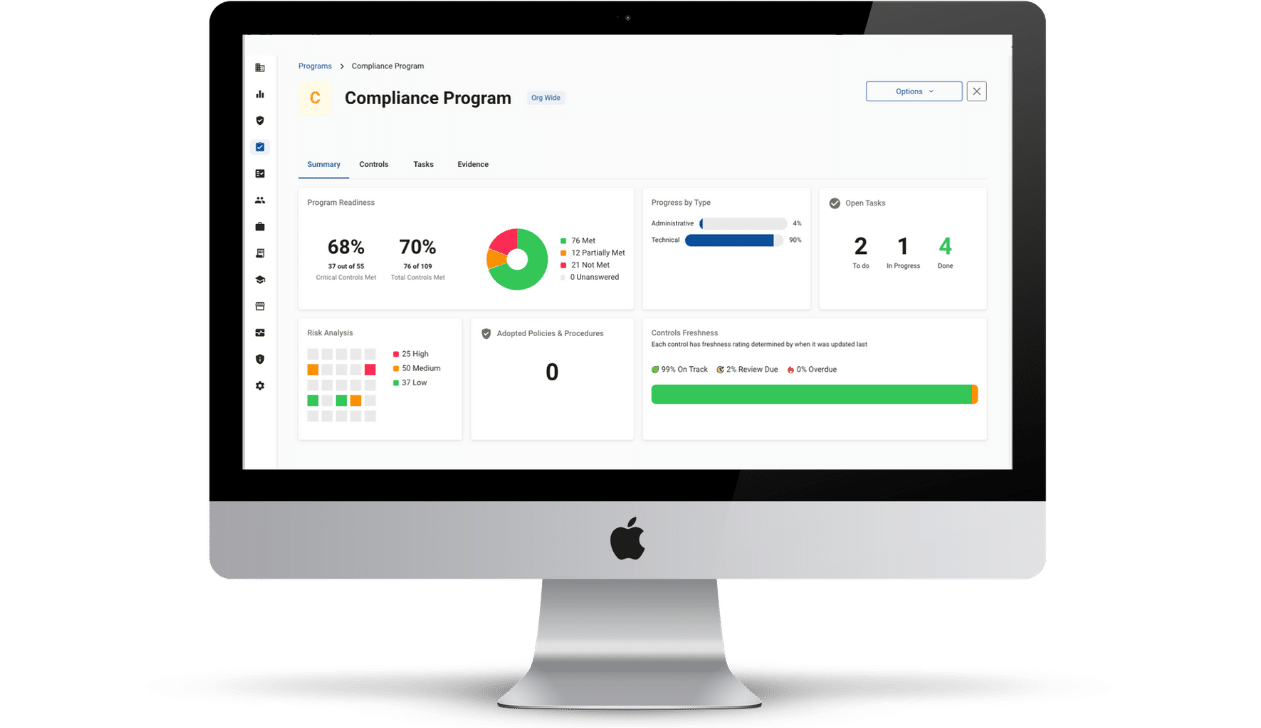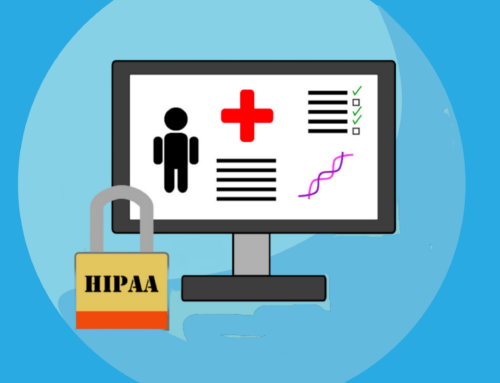Electronic medical records (EMR) have become the norm as the healthcare industry continues to digitize. EMRs facilitate the secure sharing of patient health information (PHI) between healthcare providers, leading to better healthcare outcomes. However, sharing medical records electronically comes with risks, primarily if the records are not handled securely. With these risks, how can you send medical records electronically while staying HIPAA-compliant?
Risks Associated with Sending Medical Records via Email
One of the most common ways of sharing medical records is via email. While email is convenient, it is not secure. Email messages can be intercepted and read by unauthorized individuals. Additionally, email messages can be forwarded to unintended recipients, leading to breaches in confidentiality.
Sending medical records via email also poses a risk to HIPAA compliance. HIPAA requires that healthcare providers implement appropriate safeguards to protect patient information. Email is not a secure method of transmitting medical records, and using it can lead to HIPAA violations.
While email is not secure for sending medical records, you are permitted to send medical records via email under certain circumstances.
To send medical records via email to a patient, you must:
- Have signed patient authorization to communicate with them via email
- Warn patients of the risks associated with communicating in this manner
- Enable encryption on your email platform
- Have a signed business associate agreement with the email provider (and email encryption provider, if different)
The Benefits of Electronic Medical Records Sharing
EMRs are essential to how healthcare professionals store patient information, deliver care, and handle finances. The advantages of EMR sharing go beyond providing high-quality patient care to healthcare companies through incentive schemes. They are particularly crucial for single-practice settings and family doctors who may not often share patient records across specialties.
- Enables healthcare providers to access patient information quickly and easily. This leads to better healthcare outcomes and improved patient care.
- Reduces the risk of medical errors. When healthcare providers have access to a patient’s complete medical history, they are better equipped to make informed decisions about the patient’s care.
- Improves patient privacy. When medical records are shared electronically, records are less likely to be lost or stolen. Electronic medical records sharing also allows patients to access their medical records easily, improving patient engagement and satisfaction.
Best Practices for Electronic Medical Records Sharing
To ensure the secure sharing of medical records, healthcare providers should follow best practices. These best practices include implementing appropriate safeguards, training staff on HIPAA compliance, and performing regular risk assessments.
Some examples of HIPAA compliant document sharing apps include:
Healthcare providers should also ensure that they have a data breach response plan in place in the case that their document sharing app is accessed inappropriately. A data breach response plan outlines the steps that healthcare providers should take in the event of a data breach. Having a data breach response plan can help healthcare providers respond quickly and effectively to a data breach. Providers must also have a signed business associate agreement with the document sharing app before using it to transmit PHI.
Secure and Trustable Electronic Medical Records Sharing Using Blockchain
Blockchain is a distributed ledger technology that can be used to securely share medical records, and it is used in many ways:
- It allows for the creation of a secure and trustable network for the sharing of medical records.
- Ensures that medical records are tamper-proof and cannot be altered without authorization.
- Create a network for the sharing of medical records. This network can be restricted to authorized healthcare providers, ensuring that patient information is only shared with those who need it.
Using blockchain for the sharing of medical records ensures that patient information is kept confidential and secure. This technology is also compliant with HIPAA regulations, making it a viable option for healthcare providers.
How to Send Medical Records Electronically While Staying HIPAA-Compliant
To send medical records electronically while staying HIPAA-compliant, healthcare providers must implement appropriate safeguards. These safeguards include:
- Secure methods of transmission:
Healthcare providers should use secure methods of transmission, such as a secure file transfer protocol (SFTP) or a secure email service. SFTP is a method of transmitting files securely over the internet. Secure email services encrypt email messages, ensuring that they cannot be intercepted or read by unauthorized individuals.
- Access controls:
Access controls should also be implemented to control who has access to medical records. Healthcare providers should restrict access to medical records to those who need them. Access controls can be implemented through role-based access controls or through the use of a blockchain network.
- Encryption:
Encryption is essential for the secure sharing of medical records. Encryption ensures that medical records are unreadable without the appropriate decryption keys. Healthcare providers should ensure that medical records are encrypted both at rest and in transit.
Becoming & Staying HIPAA Compliant
Some healthcare businesses make the mistake of assuming that just because their electronic medical record system complies with HIPAA, they will as well. The truth is that having HIPAA-compliant software does not imply that your business is in compliance with the law. There are many actions you must take to meet HIPAA privacy and security requirements.
At Compliancy Group, our main goal is to simplify HIPAA compliance so that our clients can confidently grow their businesses. By working with us and our compliance team, we can help your practice become HIPAA compliant on your time, in the simplest way, and we help you to keep it that way.
Our HIPAA policies and procedures and employee training provide you and your staff with guidance on HIPAA compliant document sharing, as well as everything else you need to meet HIPAA standards. This makes it easier to send EMRs with lower risk. Our software system, The Guard, creates a community of compliance by providing web-based resources for every employee of a practice or organization so that all parties have a role in knowing exactly what is required of them. Everything is organized and customized for your business.









